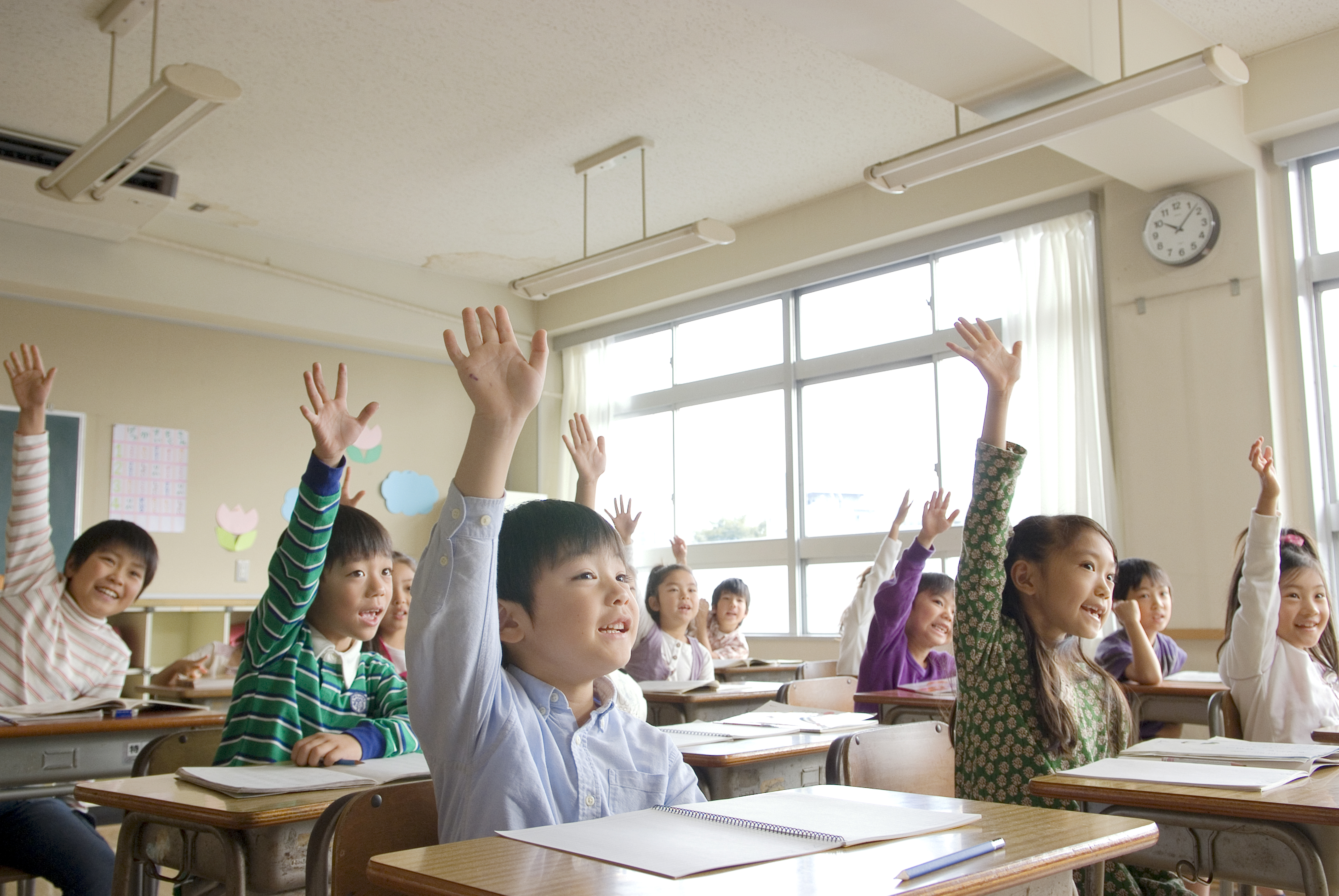 |
|
Parental myopia is an important confounder that future clinical trials for myopia interventions should take into account, according to researchers. But individual behaviors and habits play an important role as well. Photo: Getty Images. |
Myopia rates aren’t consistent around the world. Children in China have high reported rates of myopia, while recent studies in Scandinavian children have reported a lower prevalence than other parts of the world. To investigate potential factors behind these contrasting findings, researchers in Sweden conducted a longitudinal study in school children to identify myopia incidence and potential predictors of progression. They suggested that educational pressure may play a role.
In the study, researchers followed a cohort of 128 children aged eight to 16 (55% girls, mean age 12) for two years. They defined myopia as a SER ≤ -0.5D. During the follow-up period the cumulative incidence was 5.5% with an incidence rate of myopia of 3.2 cases per 100 person-years. The researchers found that those with myopia at baseline demonstrated faster refractive error increase during the study. Those with two myopia parents also had a “more marked change towards myopia” regardless of refractive error at baseline.
“When comparing similar age groups, the incidence of myopia tends to be higher in children of East Asian ethnicity than for European Caucasians,” the researchers pointed out in their Ophthalmic & Physiological Optics paper. “This suggests that factors beyond age, such as genetics and environment, play a significant role for the incidence and prevalence of myopia in different regions.
“Our hypothesis is that the low educational pressure in early childhood that is practiced in Sweden, where formal schooling starts at seven years of age, contributes to a more natural development of the eye,” the researchers concluded. “This may facilitate a normal emmetropization process, potentially leading to a lower incidence and prevalence of myopia. This is contrast to the high educational pressure found in East Asian countries, where the prevalence of myopia is very high. In China, children start primary school at six years of age and spend about 7 hours per day there. In Sweden, children start primary school at seven years of age, which comprises, on average, 4.5 hours per day. Also, in the early years of education, Swedish schools offer a high quantity of outdoor time, irrespective of the weather and season. We speculate that the Swedish educational curriculum is protecting, in part, the Swedish children from developing myopia.”
Demir P, Baskaran K, Ramos PL, eta l. Incidence of myopia in Swedish schoolchildren: a longitudinal study. Ophthalmic Physiol Opt 2024;00:1-8. |

